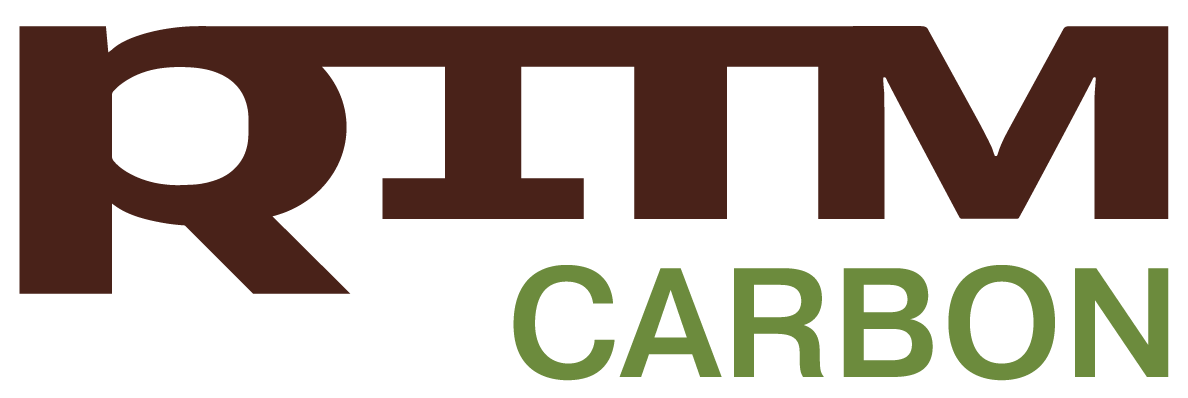Six lecture courses will be prepared for the lecture hall of the Sirius educational center:
- The biogeochemical cycle of carbon and climate change (Institute of Physicochemical and Biological Problems of Soil Science, RAS)
- Biogeochemical fundamentals of the carbon cycle, from global level to ecosystem level
- Analysis of carbon pools and fluxes in terrestrial ecosystems
- The relations between the carbon cycle and climate
- The impact of land use on the carbon cycle components
- Modern approaches and methods for studying the main components of the carbon balance in ecosystems
At the end of the course, students will have mastered the theory necessary to understand the relationships in the climate-plant-soil system and have learned the methods for determining carbon pools and fluxes in ecosystems.
- Climate regulating role of forest ecosystems (CEPF RAS)
- Biodiversity and multifunctionality in forest ecosystems
- The role of forests in regulating the carbon cycle
- Forests and the water cycle
- Mechanisms for the formation of markets for ecosystem services of forests related to climate regulation
- Forest climate projects and agroforestry
Students will be able to learn contemporary ideas about the climate regulating functions of forests, the role of forest biodiversity in the formation of ecosystem processes and functions related to climate regulation, learn more about the opportunities and hindrances to the practical application of this knowledge in the formation of markets for ecosystem services.
- Instrumental methods in environmental and climatic studies(Institute of Problems of Ecology and Evolution RAS)
- Learning the modern methods of environmental instrumental research
- Acquiring specific skills in working with the instrument base to assess the ecosystem flows of greenhouse gases based on the method of turbulent pulsations
- Executing test research projects, i. a. summarizing the results and writing research articles.
It is planned that, at the end of the course, students will have gained knowledge about the theoretical foundations of the method, the tool base used, the organization of a field experiment, data processing and interpretation. Researchers (undergraduates, postgraduates, etc.) being invited to attend will allow the participants to obtain standardized and comparable results of observations at all studied objects.
- Methods for remote sensing of the carbon budget in Russian forests (Space Research Institute RAS)
- Physical principles of remote sensing of vegetation cover from space
- Methods for assessing the quantitative and qualitative characteristics of forests necessary to assess the carbon budget
- Approaches to integrating remote sensing data, selective ground-based information, and models to estimate forest carbon budgets
- The results of monitoring the carbon budget parameters of Russian forests since the early 20th century
- Data analytics system for monitoring the carbon budget in the forests of Russia
- Mechanisms and potential for mitigating anthropogenic emissions of climatically active gases in agricultural land use (Soil Institute named after V. V. Dokuchaev)
- Features of the biogeochemical carbon cycle in agroecosystems
- Prospectives and limitations of long-term carbon storage in soil organic matter, taking into account the capabilities of modern agricultural technologies (crop rotation, soil cultivation, nutrition system, and plant protection).
- Mathematical simulation as a tool for obtaining forecast estimates of the carbon budget (Institute of Physicochemical and Biological Problems of Soil Science, RAS)
- Learning the main approaches to environmental modeling of carbon cycles in forest and agricultural ecosystems as exemplified by existing models
- Determining the purpose of environmental models, the stages of their generation, parameterization, and validation
- Describing the problems solved with models for forecasting changes in carbon pools and fluxes of carbon-containing greenhouse gases.
